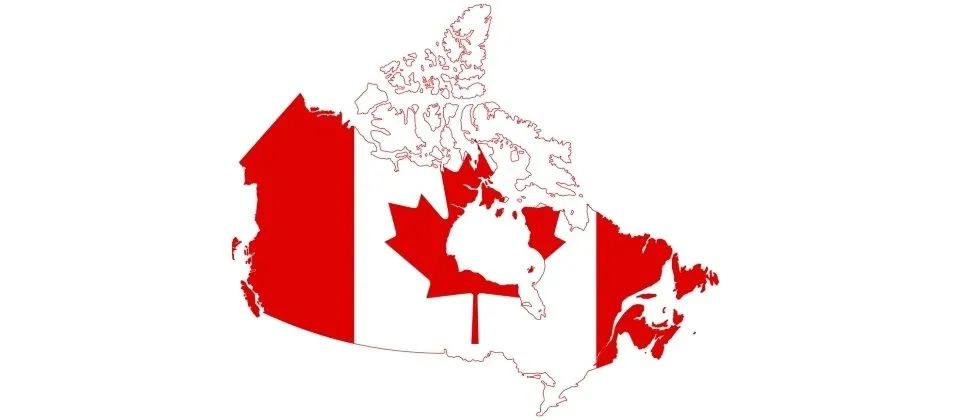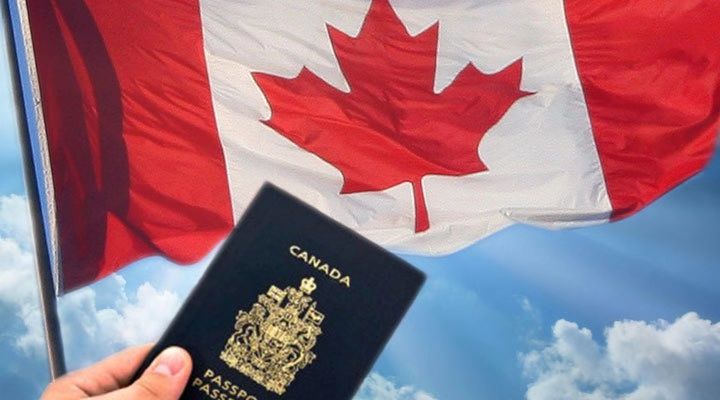A land of cold and policy-friendly maple leaves, and a land of kangaroos with warmth and delicious food. There are many similarities between the two countries, such as the same English language environment, so why is Canada better for international students studying in high school?

- Educational Resources
Canada has many top-ranked universities in the world, such as the University of British Columbia in Vancouver, the University of Toronto in Toronto, McGill University in Montreal, etc. Students have many choices, and it is easy to apply to prestigious schools by attending a local high school.
With only forty-two universities in Australia and eight in New Zealand, the small number of world-renowned universities gives students a much narrower choice.
- Immigration Policy
Canada’s immigration policy is liberal, and anyone who graduates from a Canadian university can get a three-year work permit, during which they can apply for immigration with one-year work experience. The process is simple, and the waiting time is short. With Canada planning to add one million more immigrants over the next three years and a population that will grow to a hundred million by the end of the century, and a current population of thirty-eight million, students who want to immigrate to Canada can take advantage of this opportunity.

The immigration policy in Australia and New Zealand is much more stringent than Canada’s. Only those occupations listed in the immigration list are eligible to apply, and the process and waiting time are not comparable to Canada’s immigration policy.
- Social and Economic
Australia is one of the world’s leading agricultural exporter’s country. Australia’s economy and scientific research are backward compared to the United States and Canada. Manufacturing is not well developed, and heavy industry is undeveloped with agriculture and export processing industries being the strengths. Fiona’s undergraduate background is in engineering, and in a survey, she said that she applied for jobs that are in sales or a cafeteria waitress. Many international students were in a similar situation, unable to find suitable jobs, and must return to their home countries or go to other countries for future development.
- Study Abroad Costs
The cost of studying in high school in Canada is relatively low compared to other western countries, and it is worth mentioning that the cost of studying in Canada has not increased for more than a decade, and the annual investment in education is as high as 7.1% of GDP, which is the highest percentage of investment in education among the seven major industrial countries in the world.
In contrast, the cost of studying in Australia is increasing every year, and local prices and rents are also high, with a small room in the suburbs of Sydney costing nearly $500 per month, and a single apartment in the city costing $2,000 per month. So many international students cram into a room with two-three people. Students spend a large portion of their expenses on rent, but not enough to improve housing quality. The overall cost of studying abroad is high in Australia, and if you consider the cost-effectiveness of studying abroad, Canada has more advantages.
Overall, Canada is a much better cost-effective than Australia and New Zealand. Canada has better resources for students, both in terms of their educational resources and their future career development!

